
Piercing the veil
A new exhibition at Buxton Contemporary finds a rich complexity in the shadowy terrain between life and death.
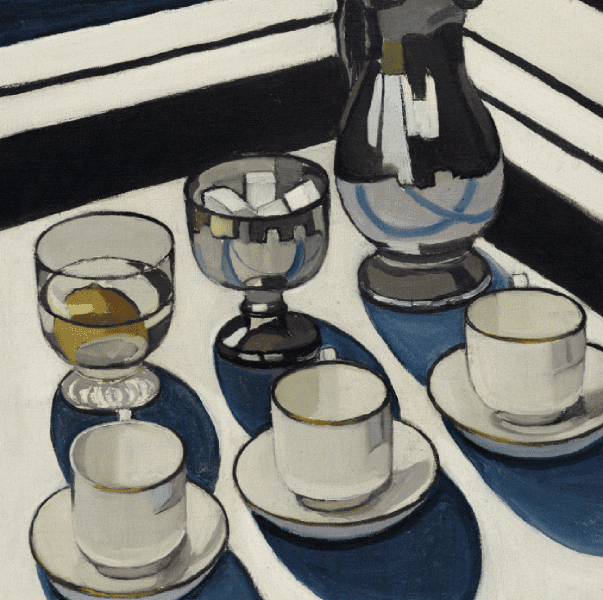
Margaret Preston, Implement blue, 1927, oil on canvas on hardboard, 42.5 x 43 cm, Art Gallery of New South Wales Gift of the artist 1960, © Margaret Rose Preston Estate Photo: AGNSW/Jenni Carter.
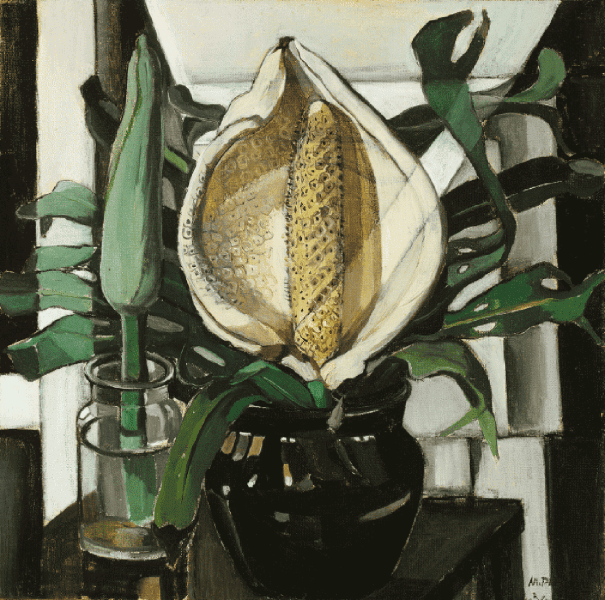
Margaret Preston, The Monstera deliciosa, 1934, oil on canvas, 42.7 x 43.2 cm, Private Collection, © Margaret Rose Preston Estate.
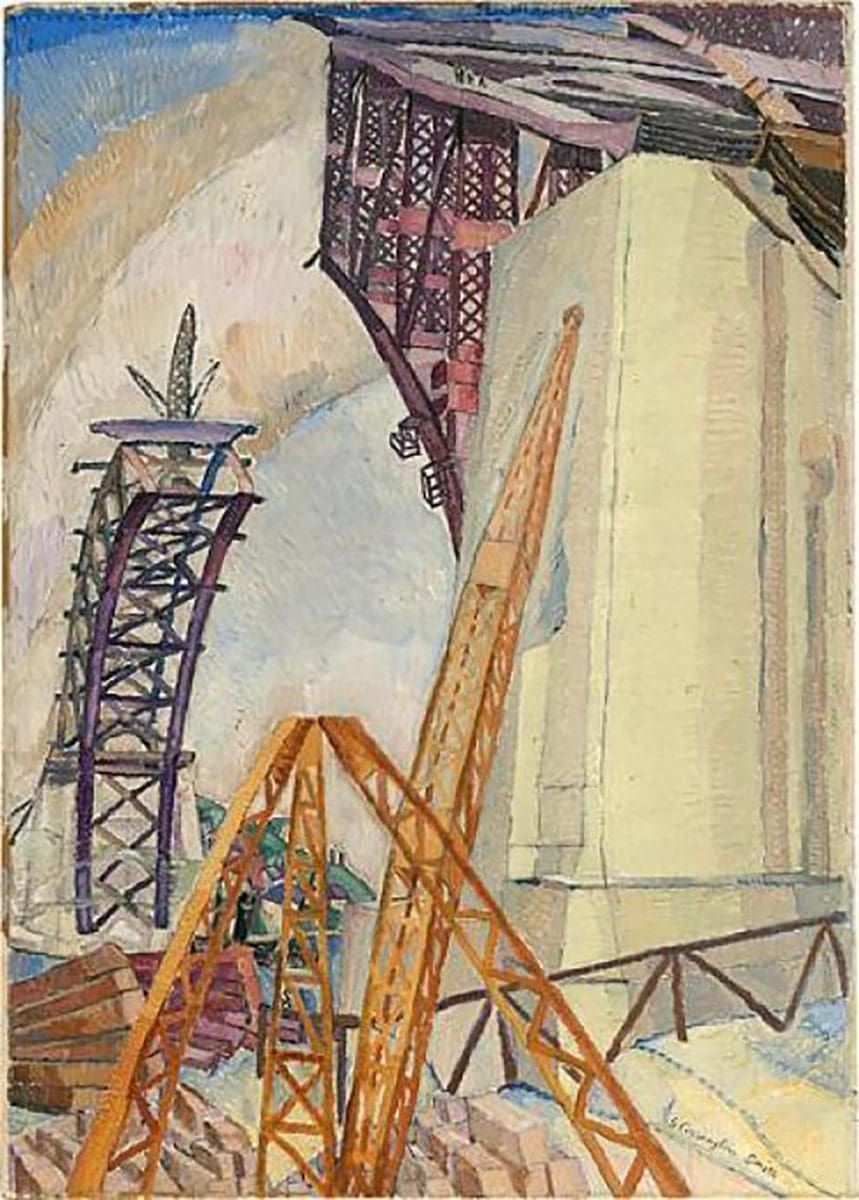
Grace Cossington Smith, The bridge in building, 1929, oil on pulpboard, 75 x 53 cm, National Gallery of Australia, Gift of Ellen Waugh 2005, © Estate of Grace Cossington Smith.
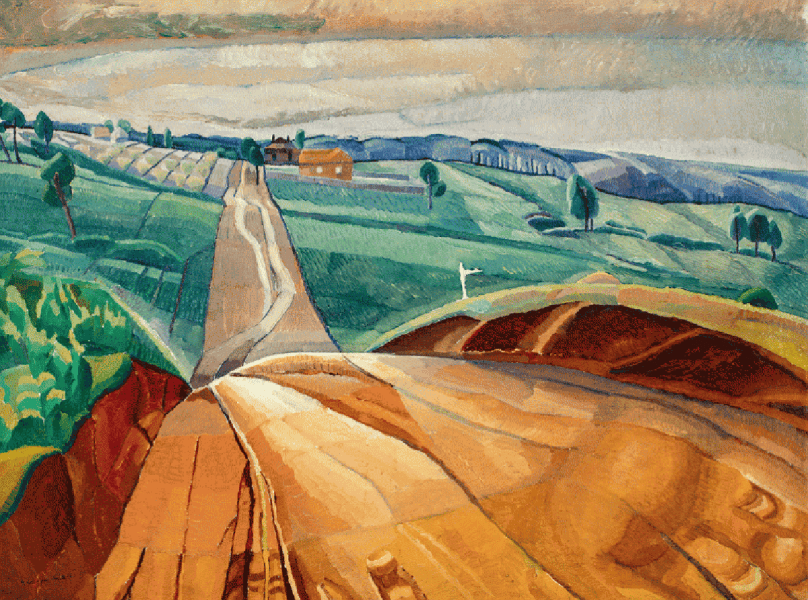
Grace Cossington Smith, Landscape at Pentecost, 1929, oil on paperboard, 83.7 x 111.8 cm
Art Gallery of South Australia, South Australian Government Grant 1981 © Estate of Grace Cossington Smith.
Three coevals who cultivated local forms of modernism, O’Keeffe, Cossington Smith and Preston, are being exhibited together for the first time.
Shortly before returning from a Georgia O’Keeffe research trip to Santa Fe a few years ago, Melbourne curators Lesley Harding and Jason Smith had an unexpected insight. Planning to mount a big O’Keeffe show with an Australian context, they had a list of more than a dozen Australian artists they might show her with. Suddenly the field narrowed.
Margaret Preston (1875-1963) and Grace Cossington Smith (1892-1984) were the catalysts. Both women were O’Keeffe’s peers, yet they had starkly different artistic trajectories. They hadn’t even met the American artist (1887-1986). Even so, Harding and Smith could see strong parallels between each woman’s endeavours to engage with modernism, as well as fascinating distinguishing points. Hanging all three in the same exhibition could present a provocative and engaging context.
What might have been a big, orchestrated group show filling the stage now became one for three sopranos who furthered the project of modernism, to boldly experiment and challenge the traditions of the past.
Smith, then director of the Heide Museum of Modern Art (he now heads Geelong Art Gallery) had earlier been in touch with the O’Keeffe Museum asking if he could bring a substantial selection of the much-loved artist’s work to Australia. He, among others, was perplexed that there had never been a big O’Keeffe show here. He knew, though, that to present her in isolation would be a missed opportunity – for her contemporaries in Australia had, like her, been grappling with the same excitements and challenges that the many-armed behemoth that is modernism presented.
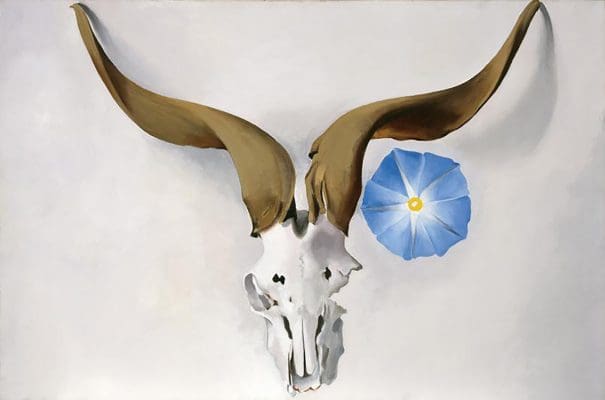
Harding, senior curator at Heide, was part of the curatorium that formed when the deal with the O’Keeffe Museum, the Art Gallery of New South Wales and Queensland Art Gallery was struck, the idea being to bring the exhibition O’Keeffe, Preston and Cossington Smith: Making Modernism to a broad audience by touring Melbourne, Sydney and Brisbane. That inspired moment in Santa Fe when strong connections were made between O’Keeffe, Cossington Smith and Preston – one of Harding’s great curatorial loves – was energising.
The parallels in subject matter and the way each woman had an abiding interest in nature was what grabbed Harding. “The common theme between O’Keefe and Preston is an interest in developing a national language to represent the modern era and modernity, and a desire to wrap it back into nationalist discourse,” Harding says. “Preston was very vocal about the need for a unifying national art and O’Keeffe was also interested in tying art back to the American soil, to what was intrinsically American about her experience.”
O’Keeffe did this with her affinity with the landscape of New Mexico while Preston did it using indigenous flowers in her work and eventually adopting landscape painting as an expression of national art. “She came up with a hybridised but modernist and very new way of looking at landscape,” Harding says.
Cossington Smith, by contrast, was far less concerned with any nationalist movement but worked deeply with the idea of a particular spirit existing in the local environment. “She, too, had this commitment to forging a new style that was her own.
Harding has always been interested in modernism as a rotating, iterative movement that spanned more than a century from about 1860 without an overarching political agenda. She has also been fascinated by how it manifested in colonial countries such as the US and Australia not simply as an adoption of ideas but as a local mutation.
“The thing about modernism for me is that it is about a pursuit of a modernity that hasn’t yet arrived,” she says. “It is a very hopeful branch of art and there were so many possibilities for it. And in many ways the languages that came out of it – there are so many strands – remain relevant today. Artists bounce off them and use them as a starting point for their own interests and developments.”
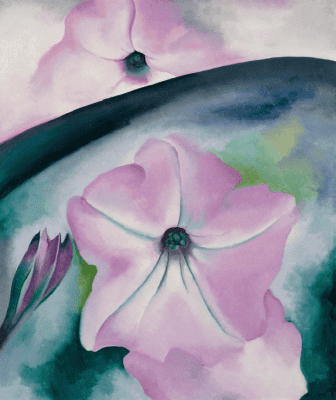
O’Keeffe, Cossington Smith and Preston each had idiosyncratic backgrounds and were exposed to modernism in various ways. For the two Australian women this was primarily through travel, as both had extended periods overseas. Preston’s art training, like O’Keeffe’s in America, was classical and both abandoned that before too long as they were exposed to post-impressionism and early abstraction. Cossington Smith’s travel took her to a conservative education in Winchester so it wasn’t until her return to Australia that she became more interested in alternative ways of engaging with the modern age.
“But they all tested and trialled things, investigating subjects they were interested in,” Harding observes. “It’s almost as if by painting the familiar gave them a licence to develop their own singular modernist language.”
With a cross-section of each artist’s best works from the 1910s to 1960s, the Heide exhibition includes about 30 works per artist. Showing separately with only a few interspersals will highlight each artist’s personal development, but also indicate the way they connected and diverged.
O’Keeffe’s might thus be seen with new eyes. “It wasn’t until I went to Santa Fe that this capacity to eliminate extraneous detail and get to the heart of things was really impressed upon me,” Harding says. “In her early flower studies, through careful observation she is completely pulling out anything superfluous so you get this shifting between the abstract and the real. Her skills are incredible. There is this intensification of colour and form. That is her genius.”
Harding is interested in how still-life painting connected all three artists, even though they had different approaches. O’Keeffe’s flower paintings gave her a certain notoriety in the US. “But I was equally aware that Margaret Preston had decided on what was then not the preferred genre in Australia – that is, light-filled landscapes about the conquering of the land and male labour. To move into a relatively innocuous subject [still life] was a quite radical idea.”
O’Keeffe, Preston and Cossington Smith: Making Modernism
Queensland Art Gallery
11 March – 11 June